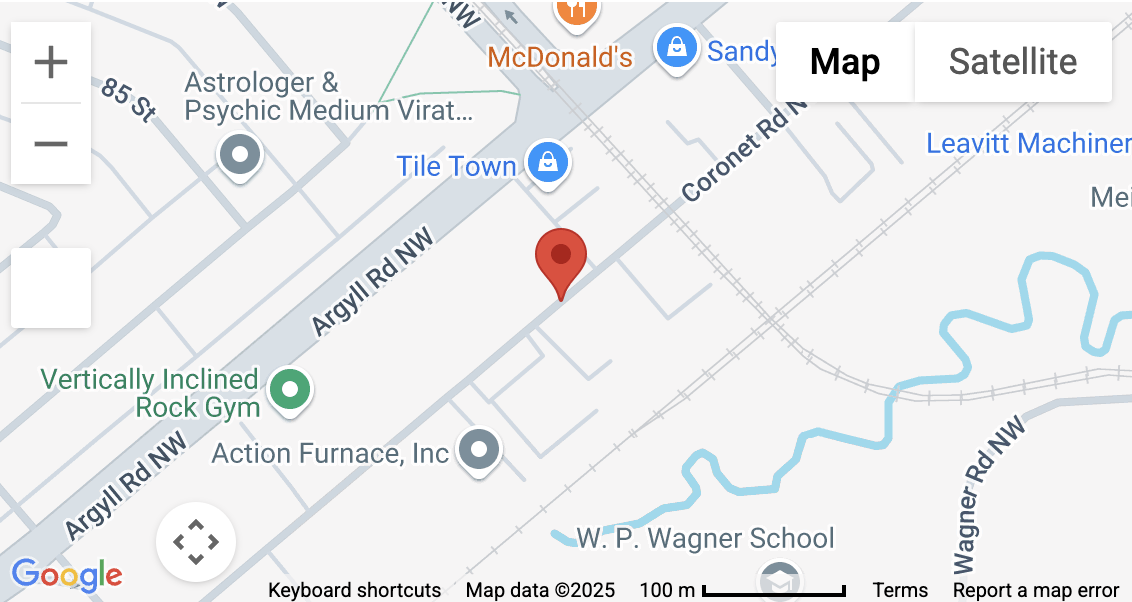What is Highly Accelerated Life Testing (HALT)?

HALT (Highly Accelerated Life Testing) is a proven rigorous reliability test method designed by ESPEC to identify weaknesses and design defects in electronics and electromechanical devices.
The primary objective of HALT procedure is to proactively find weaknesses and resolve them, thereby increasing product reliability.
HALT can be applied repeatedly during a product’s lifecycle. Initially, during product development, it could find design weakness when changes are considerably less costly to make. By finding weaknesses and making changes early, HALT can lower product development costs.
Also, each time a product is being introduced into the market, HALT can be used to reveal problems attributable to new manufacturing processes.
HALT may also be used to audit product reliability as a result of changes in components, manufacturing or suppliers after a product has been introduced into the market.
To sum up, HALT can reduce product development time and cost, reduce warranty costs, improve customer satisfaction, gain market share, and boost profit margins.
However, HALT is not a qualification test hence there are no predetermined pass or fail criteria. HALT’s goal is to find failures and then to discover their root causes. As soon as the reasons for failure are determined, the failed components are repaired, and the stress limits of the testing program are expanded.
How to Develop a good HALT Plan
Setting clear expectations and directives for Highly Accelerated Life Testing is a multi-step process. As a product engineer, you should start by:
• Creating a test plan consistent with physics of failure (PoF), with clearly defined objectives, expected environments and samples availability.
• Determine applicable stresses, such as temperature, vibration and shock.
• Decide how much samples are readily available for testing.
• Choose functional tests that will be run during development, for instance what the device ought to be doing, which circuits really needs to be active as well as what codes/sensors is supposed to be gathering data
• Identify parameters which also needs be monitored according to the expected environment.
• Define what comprises a pass and failure.
Guidelines on How to Setup HALT
For accurate results, product engineers must concentrate on optimizing HALT testing configurations by:
• Assembling all functional test equipment and cabling.
• Selecting a tuning chamber to test the samples.
• Design a qualified vibration fixture to ensure vibrational energy is being transmitted straight into the product under test (DUT).
• Design air ducting to guarantee thermal energy is transmitted directly into the DUT.
• Determine locations for thermocouples to monitor temperature.
Process Involved with Conducting HALT
Conducting HALT involves the application of specially engineered systems to generate temperature stresses, rapid thermal cycling, and random, tri-axial vibrations on a DUT reveal design weaknesses and product problems.
HALT is undoubtedly an exhaustive and multiphase process with specific parameters to adhere to at each phase. Some of these phases are mentioned below:
• Thermal step stress
Thermal step stress tests apply incremental temperature stress levels throughout the product lifecycle to locate product failure modes. The test process may tend to:
1. Begin with a cold step stress, followed up by hot step stress.
2. Increasing the temperature by 10°C and subsequently by 5°C as you get closer to the specified limits
3. Setting the dwell time minimum at 10 minutes in addition to the time to run a functional test. Timing should start as soon as the temperature has reached its set point.
4. Continuing tests until technology limits are reached
5. Apply power cycling, load variations and frequency variation during vibration stress test.
• Rapid Thermal Transitions Cycling
Fast thermal transitions are precisely as the name implies — changing temperatures as fast as the testing equipment and chamber allows. This test can be carried out by:
1. Keeping the temperature range within 5°C of the operating limits determined during step testing.
2. Decreasing the transition rate by 10°C per minute (if the DUT cannot withstand maximum thermal transitions) till the limit is discovered
3. Continuing the transitions for 10 minutes, or the time that is needed to operate a functional test
4. Applying power cycling, load variations and frequency variation during vibration stress test
• Vibration Step Stress
Vibration step stress testing applies incremental vibrational stress levels throughout the product lifecycle in order to identify product failure modes. To execute this test, you need to:
1. Calculate the acceleration (grms) increments on the product (typically ranging from 3 to 5 grms)
2. Set the dwell time minimum at 10 minutes, plus the time recommended to operate a functional test. Timing should start the moment the temperature has reached its set point.
3. Continue testing until technology limits are reached
4. Apply power cycling, load variations and frequency variation during vibration stress test
• Combined Environment
Finally, engineers perform the combined testing by merging the testing results and methodologies to further assess the products. Engineers perform combined testing by:
1. Designing a thermal profile using thermal operating limits, dwell times and transitions identified in earlier testing
2. Applying additional product stresses during vibration stress test
3. Using a constant vibration degree of about 5 grms in the initial combined run and increasing by using the same increments in the vibration step stress tests
4. Adding ticket vibration (about 5 grms) at higher levels (>20 grms) to determine if failures were precipitated at high gravitational acceleration (G levels), but only detectable at low G levels
POST-HALT Testing – What You Should Expect.
Once HALT testing is finished, the design engineers’ focus becomes determining the underlying cause all recorded failures and its corrective action. Essentially, a verification HALT has to be implemented to assess if testing adjustments fixed the issues.
At each level of applied stress, functional testing is performed on the DUT to assess its operation. Each time a failure occurs, the failure mode and stress level is recorded, the failure location is isolated, and the root cause of the failure is established.
A temporary fix is implemented, and HALT testing is continued to uncover additional failures. As the failure modes are found and eliminated, limits are pushed further and further out, maximizing margins and enhancing the product’s life and reliability.
What to know more about our HALT testing lab? Call us 905-738-0447



